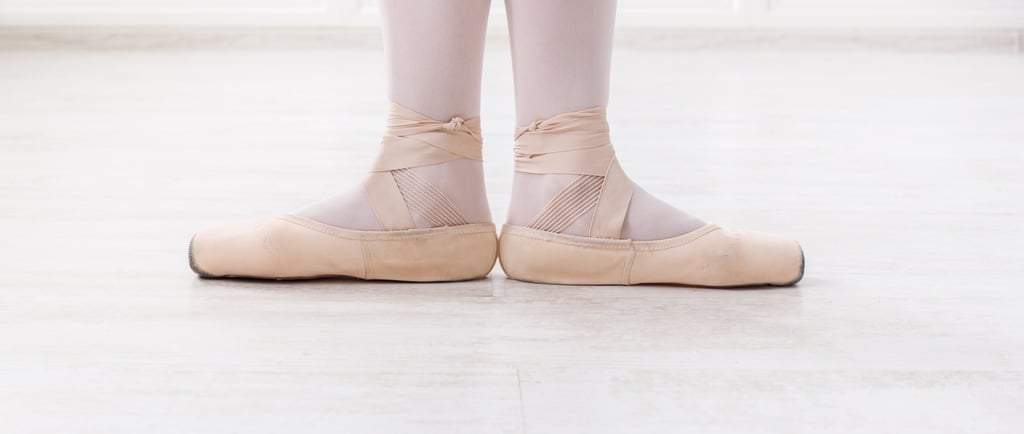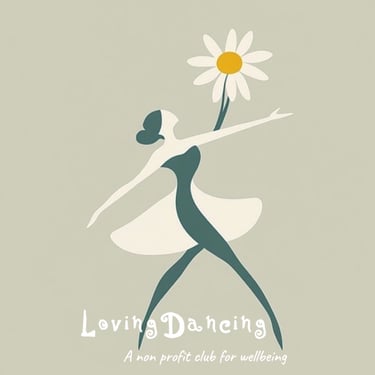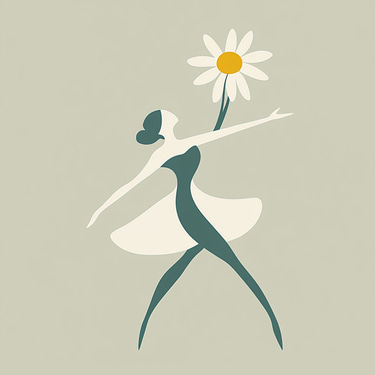Turn Out 101 - the foundation of ballet
What it turn out, the history of turn out, the purpose of it, the anatomical perspective and how to improve our turn out
BALLET 101
Mrs. DL
10/27/20243 min read



Ballet "Turn Out" Explained
1. What is "Turn Out"?
"Turn Out" is a fundamental ballet position where the legs rotate outward from the hip joint, with knees and toes pointed away from the body. It is essential for both the form and function of ballet, allowing dancers to execute movements with grace and precision. Turn Out is not only a technical requirement but also a defining aesthetic that enhances the elegance of ballet.
2. The History of Turn Out
The origins of Turn Out trace back to 17th-century French court ballet, where dance was a noble form of entertainment, exclusively performed for royal families and high society. In those days, dancers wore elaborate costumes and heeled shoes to showcase the sophistication and wealth of the court. To better display their beautifully crafted shoes and intricate costumes, dancers would turn their feet outward, offering the audience a full view of their attire and footwear from every angle.
Over time, as ballet evolved into a formalized dance art, this outward foot position transformed into a technical standard. Turn Out became valued not only for its aesthetic effect, showcasing an open, graceful stance, but also for the increased range of movement it provided dancers. By opening the legs outward, dancers found they could move more freely across the stage, a quality that helped ballet progress as a dynamic, expressive art form.
3. The Purpose of Turn Out
Turn Out is central to the aesthetics of ballet. With legs turned outward, a dancer's movements appear more expansive, creating an illusion of openness and height. Imagine if a dancer's feet pointed straight ahead; it would create a closed stance, limiting movement and diminishing the elegance ballet is known for.
Functionally, Turn Out offers greater balance and stability. For example, when dancers perform pirouettes (turns), Turn Out provides a wider base, allowing for smoother rotations. Similarly, during jumps, an outward rotation enhances the sense of lift, allowing the dancer to appear lighter and more elevated. Thus, Turn Out is both visually appealing and technically beneficial.
4. Turn Out from an Anatomical Perspective
From an anatomical standpoint, Turn Out primarily relies on the external rotation of the hip joint rather than twisting the knees or ankles. The hip joint, consisting of the femoral head and acetabulum, allows for this outward rotation. However, every dancer’s degree of Turn Out varies based on individual bone structure and muscle flexibility. Some dancers naturally achieve close to a 180-degree rotation, while others have a smaller range, which is perfectly normal.
It's crucial to avoid forcing Turn Out by twisting the knees or ankles, as this can lead to injuries. True Turn Out should originate from the hip joint, ensuring the legs rotate naturally outward.
5. How to Improve Turn Out
Improving Turn Out requires a combination of flexibility, strength, and technical awareness:
- Hip Flexibility: Exercises like the Frog Stretch and Butterfly Stretch help to increase hip rotation. For instance, in the Frog Stretch, dancers lie flat with knees bent and legs turned out to the side, gently working to increase the hip’s external rotation range.
- Muscle Strength: Strengthening the glutes, core, and inner thighs stabilizes Turn Out. Key exercises include Bridge Lifts and Side Leg Raises, which engage the gluteal muscles and adductors, providing the necessary support for an effective Turn Out.
- Technical Awareness: Always maintain awareness that Turn Out should originate from the hips. Practicing in front of a mirror can help dancers ensure they’re not relying on their knees or ankles to achieve the position, preserving both technique and joint health.
6. Conclusion
Turn Out is a foundational aspect of ballet, blending aesthetics with functionality. By mastering Turn Out with a solid understanding of anatomy and technique, dancers can safely increase their range, enhancing both the beauty and skill of their performance.
DancingLoving - your non profit association for holistic wellbeing
mrs.dancingloving / Mrs. DL


Spotify: community music & podcast sharing
WhatsApp: open community
Instagram: mrs.dancingloving
LinkedIn & Facebook: stay tuned!
Newsletter: sign in in "contact"
